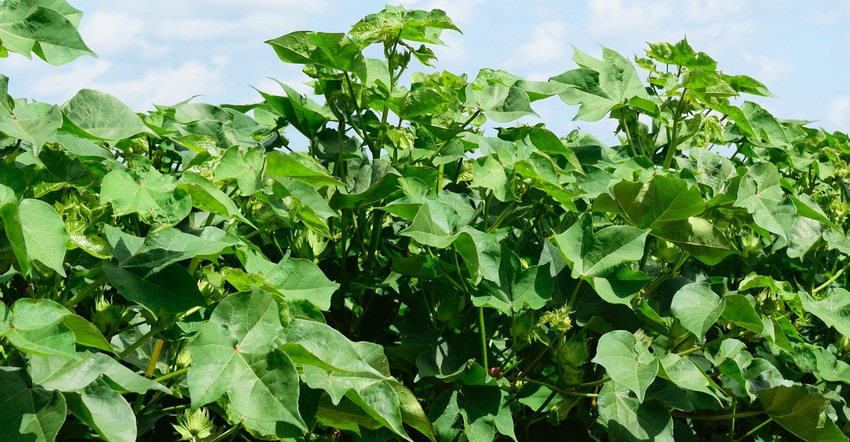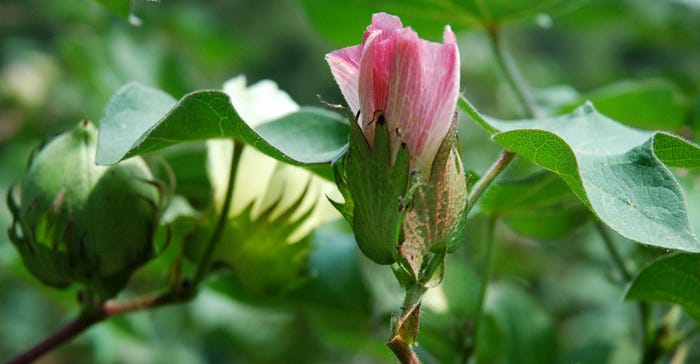July 1, 2018

Sponsored Content
Ridding your cotton fields of southern root-knot and reniform nematode populations requires an integrated management approach.
“If you are growing cotton in the Delta, you most certainly have a nematode problem. Continuous cotton contributes a large part to nematode pressure,” says Tom Allen, Mississippi State University Extension/research professor.

Efficiently managing nematodes requires a multipronged management plan:
Know your field’s nematode pressure history. The above-ground symptomatology associated with nematode damage can be similar between southern root-knot nematode and reniform nematode infestations. Southern root-knot nematode infestations can be identified by the presence of root galling in cotton seedlings as well as in mature plants, and are often observed in sandier soil classes. In comparison, reniform nematode prefers silt loam soils and does not produce galls on the roots, making it more difficult to identify at the field level without collecting and submitting a soil sample to a diagnostic laboratory. If a cotton field has a history of heavy nematode infestations, be prepared to treat with a nematicide.
Rotate crops to minimize risk of nematode-related damage. Planting continuous cotton increases your odds of yield-decreasing nematode pressure. Rotating to corn minimizes the risk of reniform nematode populations. Crop rotation to peanuts or grain sorghum helps minimize southern root-knot nematode populations.
Be cognizant of each field’s soil class. Nematode species have soil class preferences. Know the species you are trying to control.
Be ready to treat for nematodes. If nematodes are present, treatment recommendations call for an initial application of Vydate® C-LV insecticide/nematicide over the top at a rate of 17 fl oz/A to cotton in the second to fifth true leaf stage of growth. Alternatively, two applications of Vydate® C-LV can be made at a rate of 8.5 fl oz/A following the planting of nematicide-treated seed. The first application should be made at the second to fifth leaf stage of growth followed by a second application at the same rate seven to 14 days later.

Vydate® C-LV offers the unique dual benefit of nematode suppression with foliar insect control. Vydate® C-LV is highly systemic in the plant, moving both down to the root where nematodes live and up through the xylem to control tarnished plant bug, thrips and stink bug.
Reach your yield potential and improve plant health by protecting your cotton from nematodes and insects such as tarnished plant bug and stink bug. For more information about Vydate® C-LV, contact your local DuPont retailer or territory manager.
®™Trademark of The Dow Chemical Company (“Dow”) or E. I. du Pont de Nemours and Company (“DuPont”) or affiliated companies of Dow or DuPont. DuPont™ Vydate® C-LV is a restricted-use pesticide. Vydate is not registered for sale or use in all states. Contact your local DuPont retailer or representative for details and availability in your state. Always read and follow all label directions and precautions for use when using any pesticide alone or in tank-mix combinations.
©2018 DuPont L14-604-002 (06/18) BR DAAG8VYDT052
About the Author(s)
You May Also Like




